2026 BMW M5 Touring Vs. 2026 Audi RS6 Avant: 5 Major Differences originally appeared on Autoblog.
They may share eight cylinders, but these two wagons are not copies of each other
Between the discontinuation of the previous-generation Mercedes-AMG E63 Wagon and the fact that BMW never made an M5 Touring for many years, the Audi RS6 Avant had the performance wagon segment all to itself for a while. But things are so much more interesting with a bit of competition, and the very latest versions of the M5 Touring and RS6 Avant are once again engaged in a fierce rivalry. As similar in concept as these two cars are, they also have distinct characters, so let’s dive into five key differences between the two.
1. Only One Is A Plug-In Hybrid
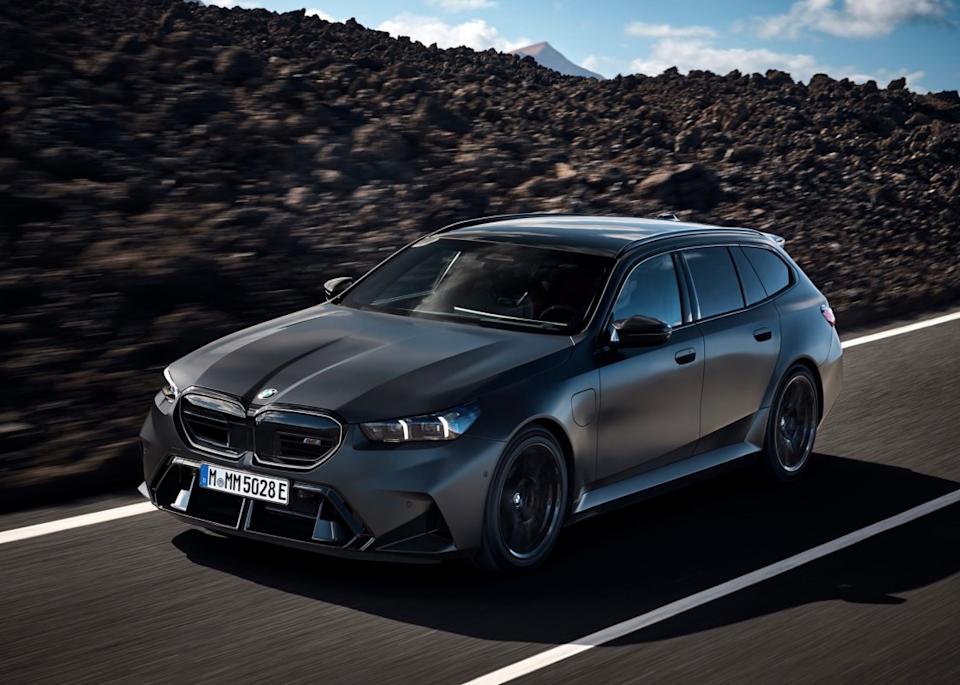
View the 4 images of this gallery on the original article
This is the most obvious difference between the two performance wagons, so we’ll get it out of the way first. For this new M5 Touring, BMW has switched to a 4.0-liter twin-turbo V8 plug-in hybrid that produces 717 horsepower and 738 lb-ft of torque combined. Being a PHEV, it can be driven on electric power alone, something the Audi can’t match. All-wheel drive and an eight-speed automatic transmission are equipped.
The more conventional Audi RS6 Avant uses a 4.0-liter twin-turbo V8 making 621 hp and 627 lb-ft. Like the BMW, it has AWD and an eight-speed automatic. Although it initially appears outclassed on paper, this is far from the reality, as the Audi doesn’t have to carry all the extra PHEV components. That brings us to our next major difference between the two cars.
Related: AC Schnitzer Gives BMW’s New M5 More Power And Presence
2. The Audi Is Much Lighter
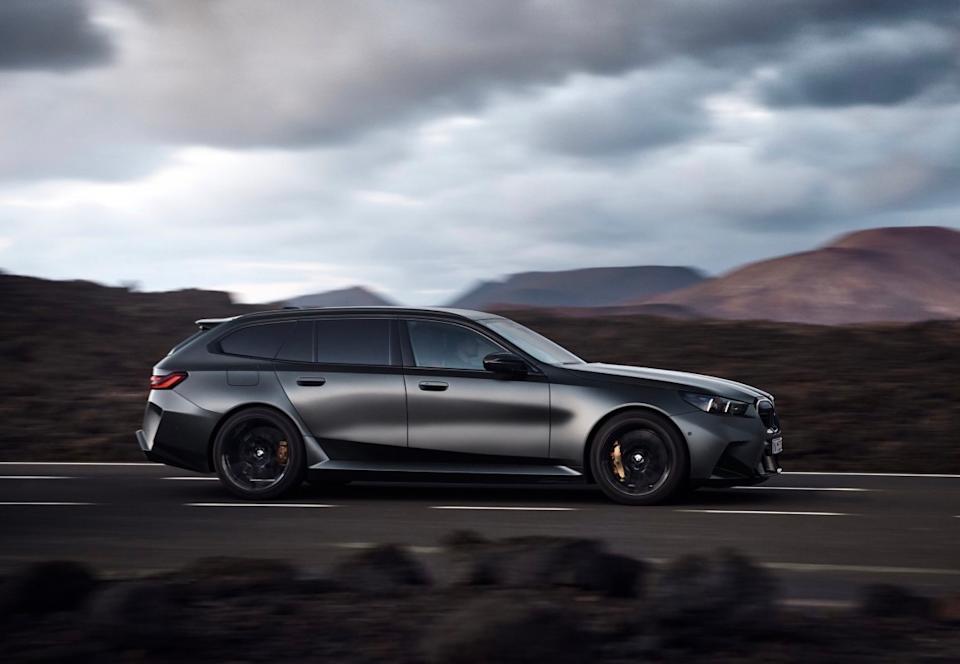
View the 4 images of this gallery on the original article
Weighing 4,982 pounds, the Audi is no lightweight, but it’s still a lot lighter than the BMW, which tips the scales at an eye-opening 5,523 lbs. That’s a difference of 541 lbs, or the equivalent of driving around with a large grizzly bear in the back of your Audi.
Because of its lower mass, the Audi actually has a quicker 0-60 mph time of 3.3 seconds, despite its power deficit. BMW’s claimed time is 3.5 seconds, although a few independent tests show that the BMW will outsprint the Audi occasionally, depending on the conditions. The two are largely evenly matched in a straight line.
Where the Audi’s weight does come into play is in its sense of agility. It’s the lighter car of the two but also feels that way. Both cars handle supremely well for such large machines, though.
3. M5 Has A More Modern, Tech-Forward Cabin
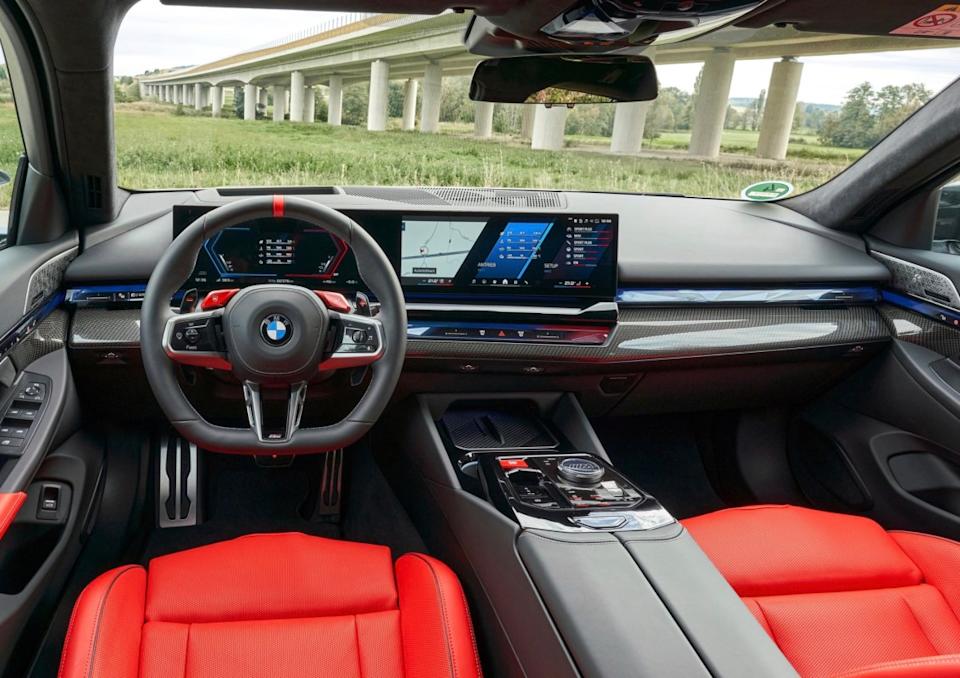
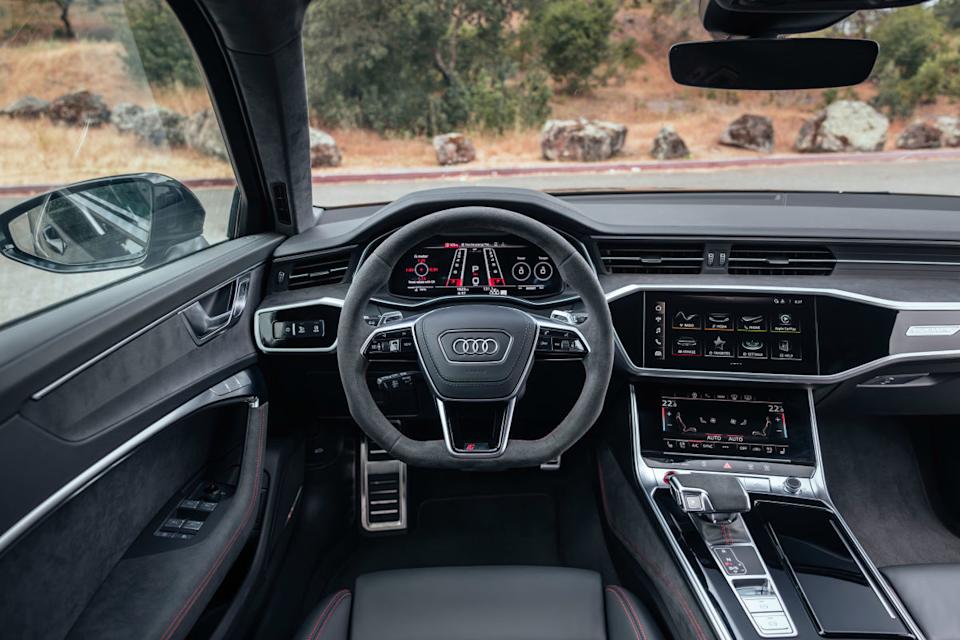
Many feel that the Audi’s exterior is as good as it gets for a performance wagon, but it shows its age a little more on the inside. It’s still a beautifully crafted cabin, but the infotainment setup with its separate displays does feel a bit older than the BMW’s single panel. In the BMW, you also get elaborate lighting on the dashboard—via the Interaction Bar—and doors. It’ll either be a thrill or tacky, depending on your viewpoint, but the M5’s cabin does have more of a sense of occasion.
BMW also offers interior colors like Red/Black, Kyalami Orange/Black, and Taupe Grey/Deep Lagoon, whereas Audi sticks with a more reserved color palette.
Related: BMW's Heavyweight M5 Is Changing Inside And Out For 2027
4. The Audi Has A Bigger Trunk
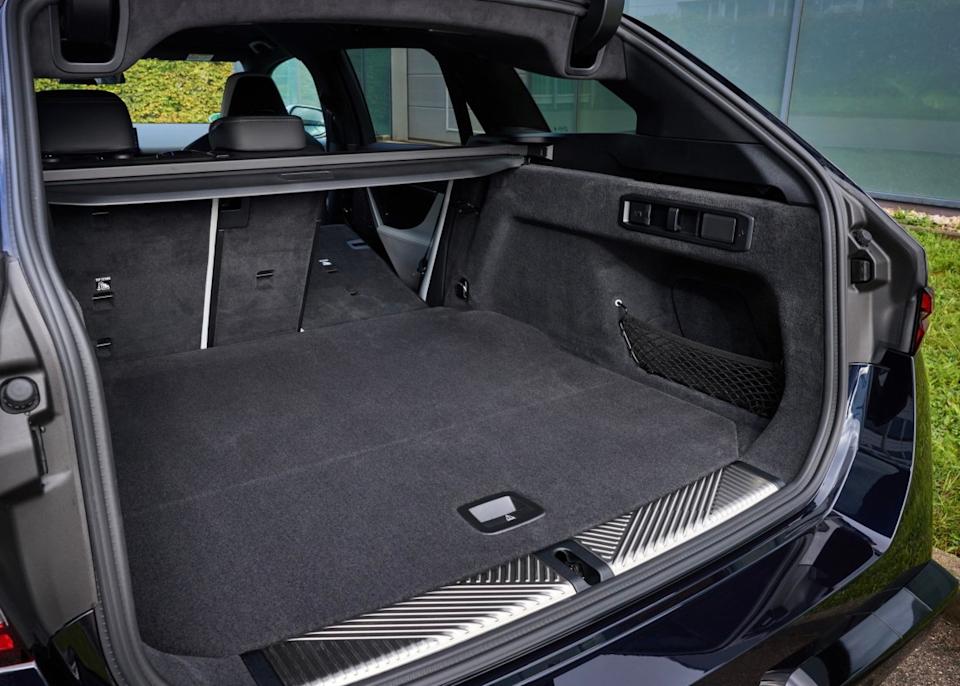
View the 2 images of this gallery on the original article
The focus may be on relentless performance in M or RS models, but these are still wagons, so a certain level of versatility is expected. In the 2026 BMW M5, you get 27.2 cubic feet of space behind the back seats, whereas the Audi offers 30 cubes.
Audi doesn’t provide a cargo figure when the back seats are folded flat, but in the BMW’s case, tumbling the second row frees up 67 cubes. Both cars have spacious back seats and front seats with endless adjustability options.
5. BMW’s M5 Touring Is Cheaper
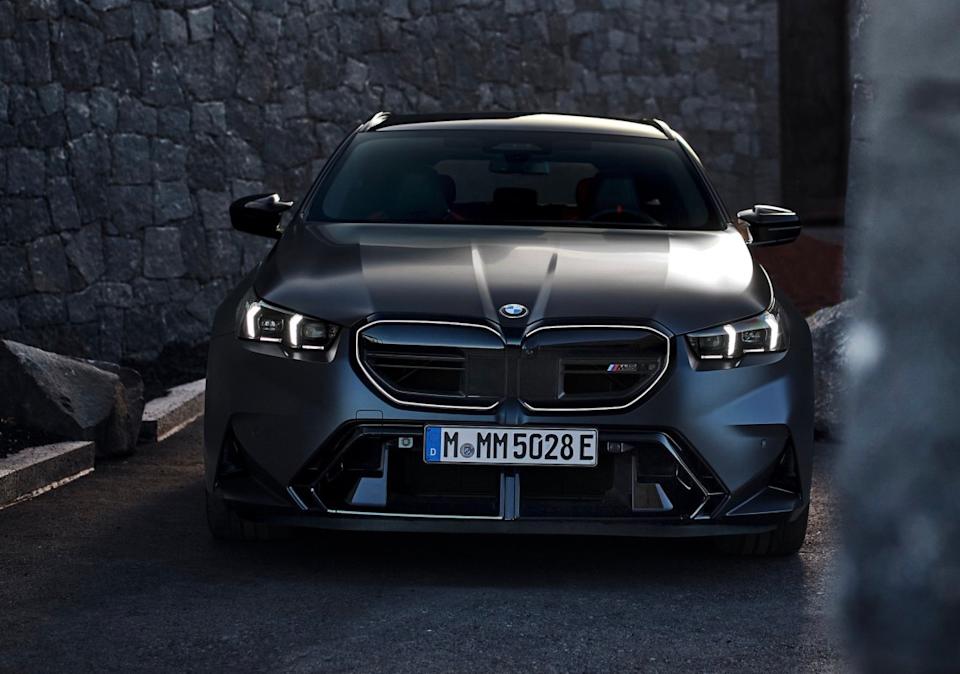
View the 4 images of this gallery on the original article
Considering that the M5 Touring is a newer product, it’s surprisingly cheaper than the Audi. The BMW starts at $123,900 for the 2026 model year, while the 2026 Audi RS6 now costs $130,700.
Once you factor in the EPA’s annual fuel costs, the BMW becomes even more attractive because of its hybrid powertrain. The environmental agency estimates an annual fuel cost of $3,650 for the Audi and $2,950 for the BMW.
Both cars are packed with features like high-end sound systems, four-zone climate control, and luxurious leather upholstery. However, for less than the price difference between the two, you can add both the Driving Assistance Professional and Executive packages to the BMW. These add features like rear heated seats, front ventilated seats, and an advanced parking assistant. Overall, it’s the BMW that’s slightly better value.
Related: The Death of the Station Wagon has been Greatly Exaggerated
Final Thoughts
These are two sensational performance wagons. Although it’s older, the Audi RS6 more than holds its own against the fresher BMW. Many will still prefer the RS6’s more cohesive styling and its less complicated powertrain. The BMW’s split personality—a quiet electric wagon the one moment and a fire-breathing monster the next—is unique, although the hybrid components have added a tremendous amount of weight.
The next-gen RS6 is expected to arrive in fully electric and plug-in hybrid variations, so it’s expected to undergo the same weight gain as this M5.
As things stand now, what we have are two closely matched performance cars that we’d take any day over an equivalent SUV.
2026 BMW M5 Touring Vs. 2026 Audi RS6 Avant: 5 Major Differences first appeared on Autoblog on Aug 4, 2025
This story was originally reported by Autoblog on Aug 4, 2025, where it first appeared.

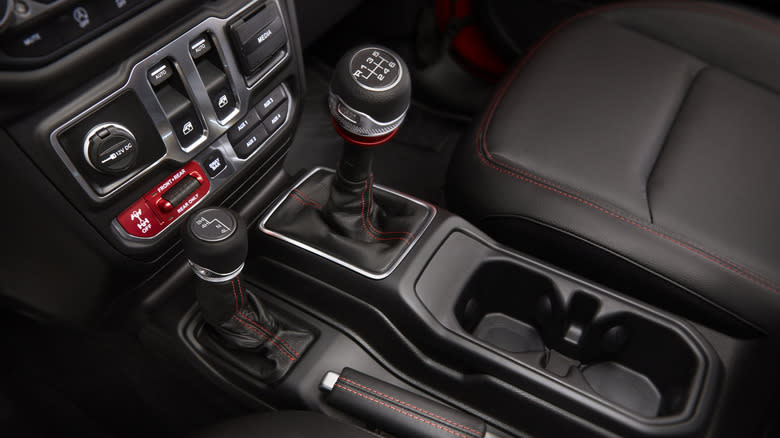

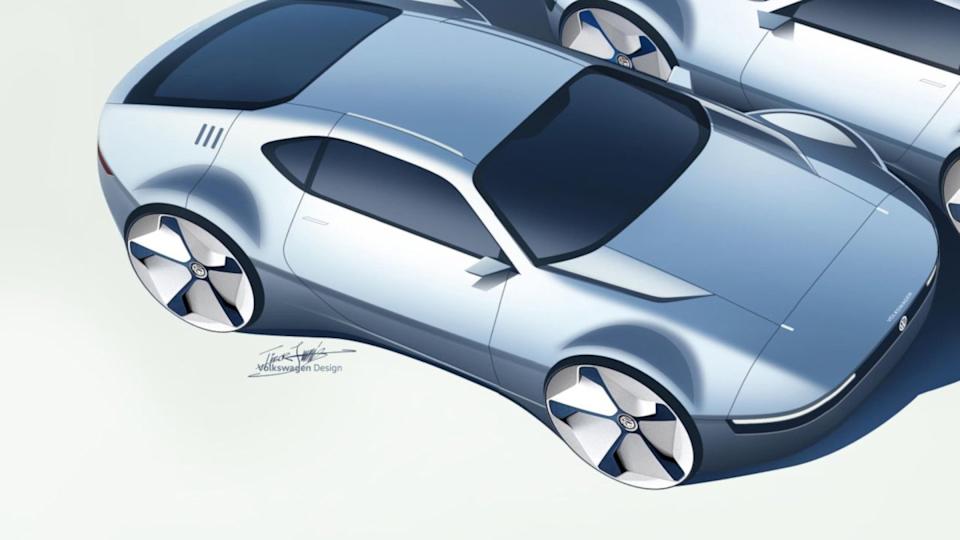
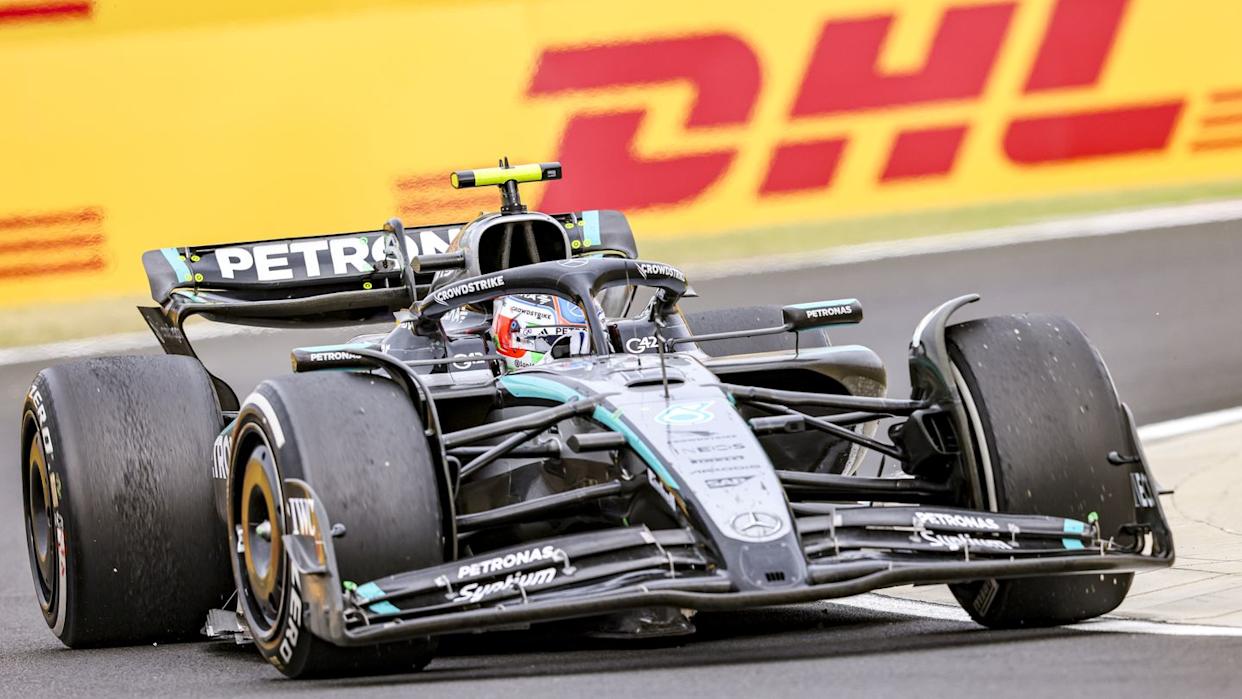
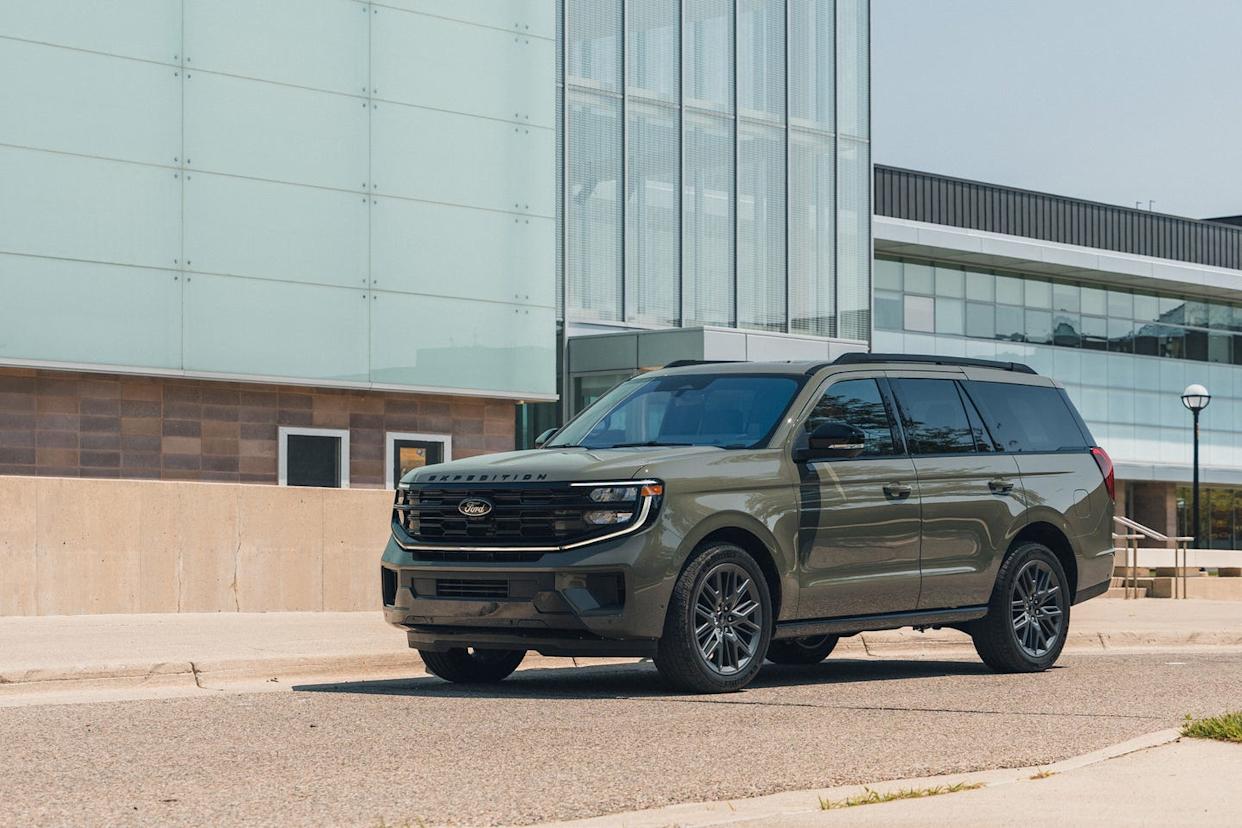
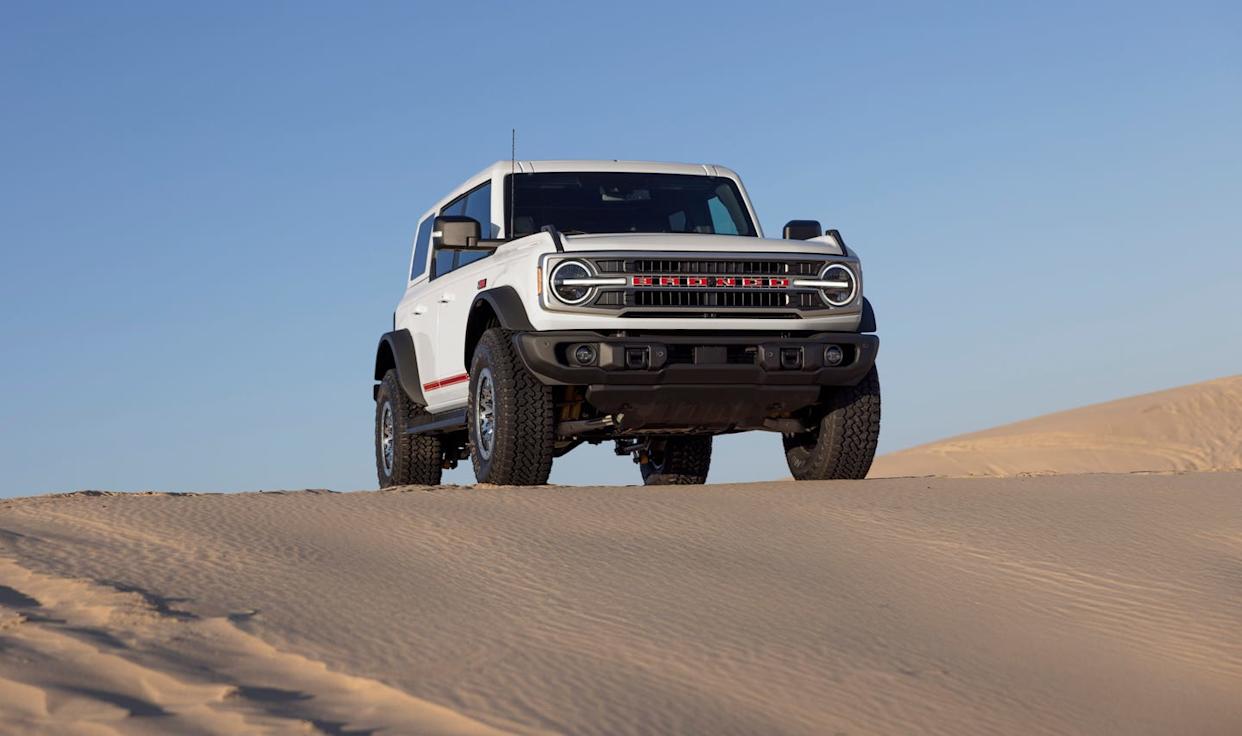

Comments